Tania Candiani, Milagros de la Torre and Matías Duville
Win 2011 Guggenheim Fellowship Awards
Tania Candiani, Milagros de la Torre and Matías Duville, visual artists were winners of the "Latin American and Caribbean Guggenheim Fellowship Awards, 2011."
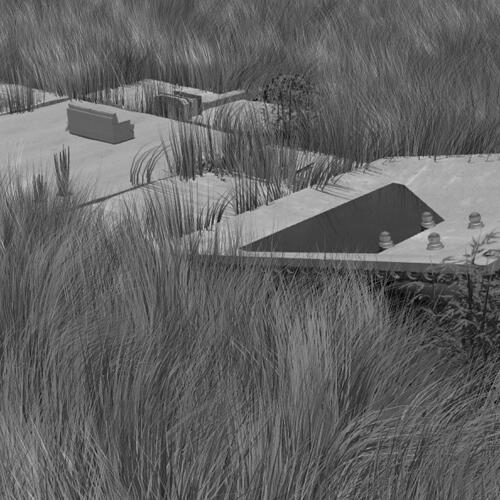
Tania Candiani (Mexico City, 1974) trained at Tijuana, where he "looted" practices and objects associated with female domesticity, sewing, embroidery, household goods, to become an arsenal that challenges the status quo. He photographed women carrying pots and pans on their heads, as a war helmet, protection and challenging. He intervened artistically building houses in Ciudad Juarez with covered defensive traps and used the texts of the buttons on the blender, bucking, chipping, grating, as a conceptual device on domestic violence. With a group of women took an old abandoned factory and made 400 meters tale embroidery, a blog with anecdotes of everyday life. By transferring, the office of contemporary art dismantles their ancestral tissue partnerships with women's subordination to spin a language on a war footing.
Whether through embroidery or urban documentation, in performances of recovery abandoned spaces or ambiguous drawings, as inspired by the first line of summits of twentieth century novels, his work alludes to the loose threads of the contemporary world. He has covered the facades of houses with pictures yarn and has appropriated in street graffiti that looks "the cave paintings of a postindustrial society."
The winner of the Guggenheim project called Classic Six / NY City-Unit Housing Nonoalco / Mexico City. The artist said to Poder magazine: "This work compares the apartments of six bedrooms built in New York before the Great War that marked the urban development with this new kind of expensive property, with the huge complex apartments built in Colonia Cuauhtemoc in 1960 by architect Mario Pani, following Le Corbusier principles, for people who mostly had low incomes”.
While the Classic Six, which are still standing are a luxurious object of desire, the atmosphere of social insecurity Environment Housing Unit Nonoalco violates the buildings that remain. Candiani makes the connection between moments and stories of urban development, architectural drawings making sewing patterns for clothing that transforms. "The project he declared includes involving architecture students to expand their understanding spatial patterns of clothing them and asking them to design an architectural plan in these particular ways. A seminar will involve architects, artists, urban developers, in discussing how physical spaces are managed, distributed and marketed".
Milagros de la Torre (Lima, 1965)
Studied photography at the London College of Printing and prepare a solo exhibition that will take place at Americas Society, New York. His work confronts the violence with objects related to the personal and private. In her series Bulletproof (2008), she photographs images of hanging clothing that seems anything strange, but bulletproof designed. The actual sizes prints made with a texture that simulates the fabric used in costumes with which creates installations that confront the notion of vulnerable bodies. 'Bulletproof' was part of "Dress Codes" at the Third Triennial International Center of Photography, New York, between 2009 and 2010.
The project that won a Guggenheim Scholarship, "In Between the Lines" is an appropriation of the work examining the type of encrypted messages that usually produced in times of war or in situations of socio-political tensions, but also by totalitarian regimes. Interested in the fact that what you read is not what is transmitted. She told to Power&Money magazine, “I believe that there is a powerful artistic potential in confronting violence from subtle evocations and language almost elusive, able to create, literally, a kind of poetic violence ".
Matías Duville (Quilmes, Argentina, 1974)
Winner of the Civitella Ranieri Fellowship, Perugia, Italy (2007) and the International House of Artists in Ostende, Buenos Aires, has attracted critical attention with the strangeness of his drawings that convey figurative spaces made with careful crafting that however defies logic. Their locations are not on the map. In the past four years has gone from small-scale drawings to pieces on a monumental scale. According to the curator Inés Katzenstein, his success is just that after creating a drawing or painting, "attack" his support until appears a new image, a more unstable and suggestive one. The project name submitted to the Guggenheim is Open House. It emerged from the drawings of a collapsed house. He told to Power magazine "These drawings had been in my studio for a few years and for some reason thought they had a content package. I thought of a project to build this house in long term. Is the construction of basic shelter with their deployed side, so that the walls, ceiling, floor, resting on the ground floor of a vacant lot, weathering of the Argentina pampas ". The piece will include a time recording at which the materials are degraded; vegetation invades the unpredictable construction and others non-predictable ways of degradations. This documentation will appear in a book.
-
 Matias Duville, 2011
Matias Duville, 2011
Proyecto Open House (obra en proceso)
Open House Project (work in progress)
Credit and courtesy / credito y cortesía: the artist -
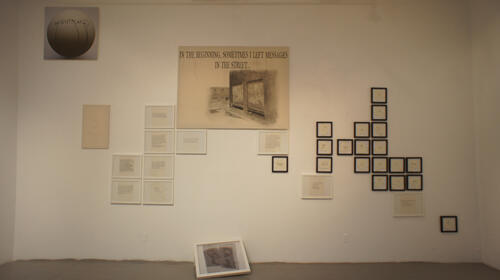 Tania Candiani
Tania Candiani
Messages in the street / Mensajes en la calle, 2011
Courtesy/cortesía: the artist -
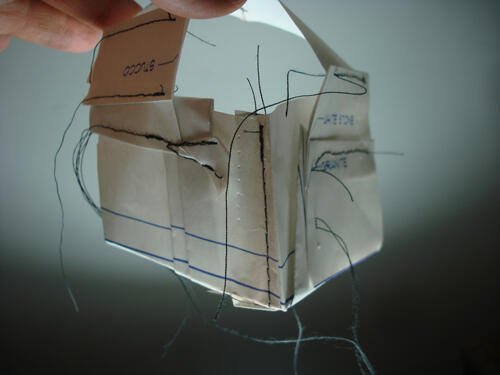 Tania Candiani
Tania Candiani
House of paper / Casa de papel, 2010
Blueprint doblado y cosido
Bluprint folding and stitching
-
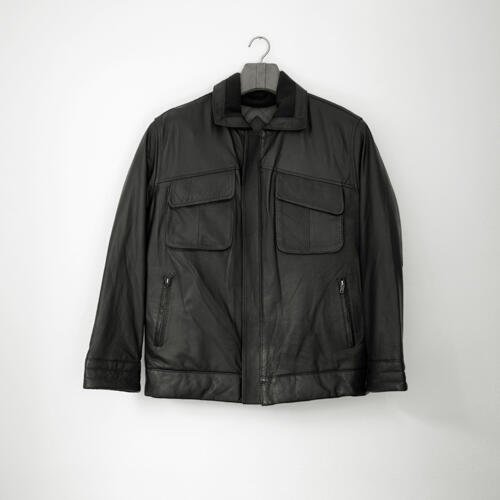 Milagros de la Torre
Milagros de la Torre
'Bulletproof' 2008
Archival digital print on cotton paper, mounted on aluminum
Impresión digital en papel de algodón montado en aluminio
39 x 39 in.
-
 Milagros de la Torre
Milagros de la Torre
'Bulletproof' 2008
Archival digital print on cotton paper, mounted on aluminum
Impresión digital en papel de algodón montado en aluminio
39 x 39 in. -
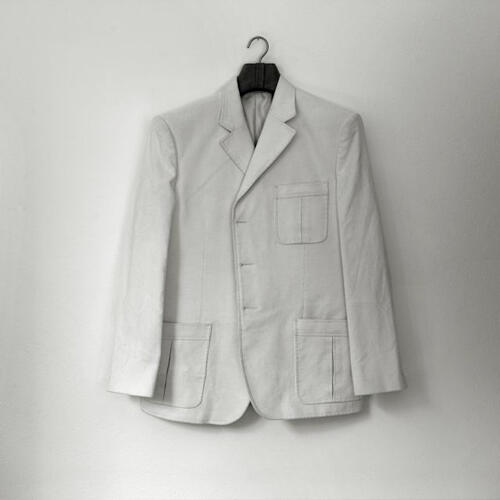 Milagros de la Torre
Milagros de la Torre
'Bulletproof' 2008
Archival digital print on cotton paper, mounted on aluminum
Impresión digital en papel de algodón montado en aluminio
39 x 39 in. -
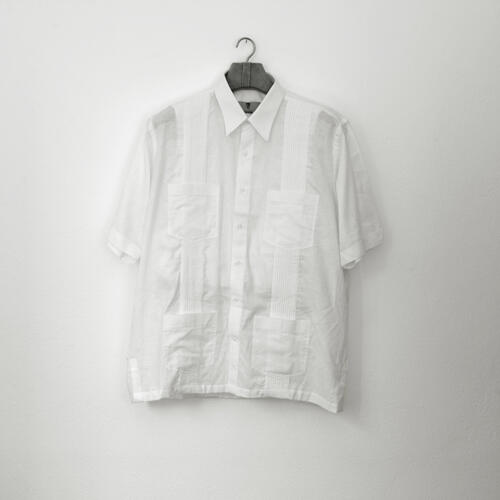 Milagros de la Torre
Milagros de la Torre
'Bulletproof' 2008
Archival digital print on cotton paper, mounted on aluminum
Impresión digital en papel de algodón montado en aluminio
39 x 39 in.




